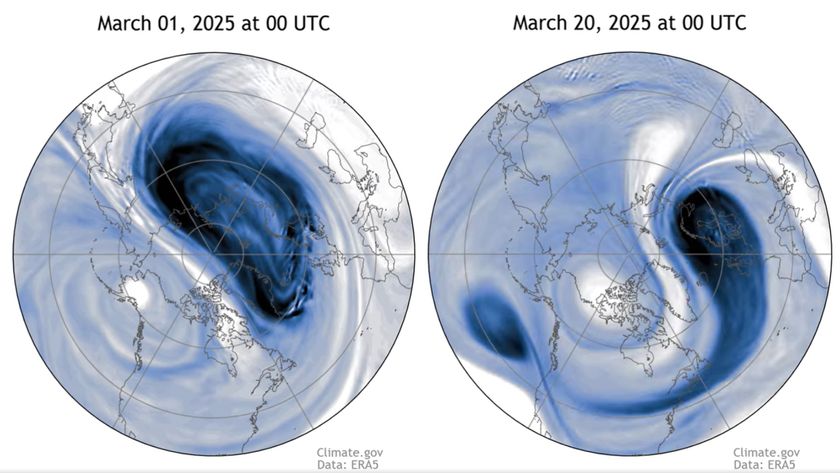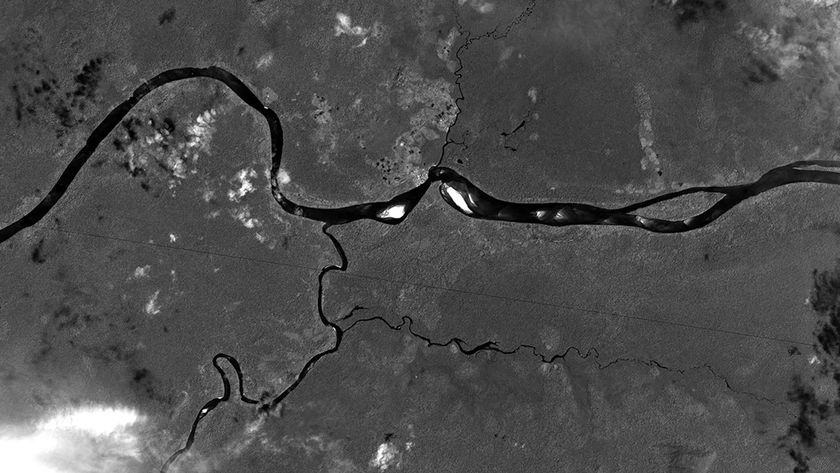It's Raining Less Than Scientists Thought
Raindrops just broke their own speed record: they can drop faster than anyone thought possible.
Larger drops are speedier than smaller ones because they are heavier and so can more easily overcome air resistance. But there’s a limit to how fast a drop can go, a “terminal velocity” achieved when the downward force of gravity equals the upward drag of the air. Thus, whenever smaller drops are detected apparently beating larger ones in the race to the ground, atmospheric scientists interpret the observations as errors by recording instruments.
But Guillermo Montero-Martínez and Fernando García-García of the National Autonomous University of Mexico in Mexico City and colleagues audaciously propose that the scientists, and not the instruments, have been wrong. After measuring the speed and size of 65,000 raindrops, they concluded that half of all drops break their supposed speed limit.
The explanation: when a large drop falling at full speed breaks up — either because it becomes unstable or collides with another drop — the resulting droplets continue at the same speed, too fast for their diminutive size. After a few milliseconds, air resistance slows each drop to its own expected terminal velocity.
The transgression, however short-lived, is noteworthy. By interpreting small, fast drops as larger ones, meteorologists relying on specialized rain gauges or Doppler radar over the years might have been overestimating the amount of rainfall by as much as 20 percent.
The research was detailed in the journal Geophysical Research Letters.
This article was provided to LiveScience by Natural History Magazine.
Sign up for the Live Science daily newsletter now
Get the world’s most fascinating discoveries delivered straight to your inbox.












